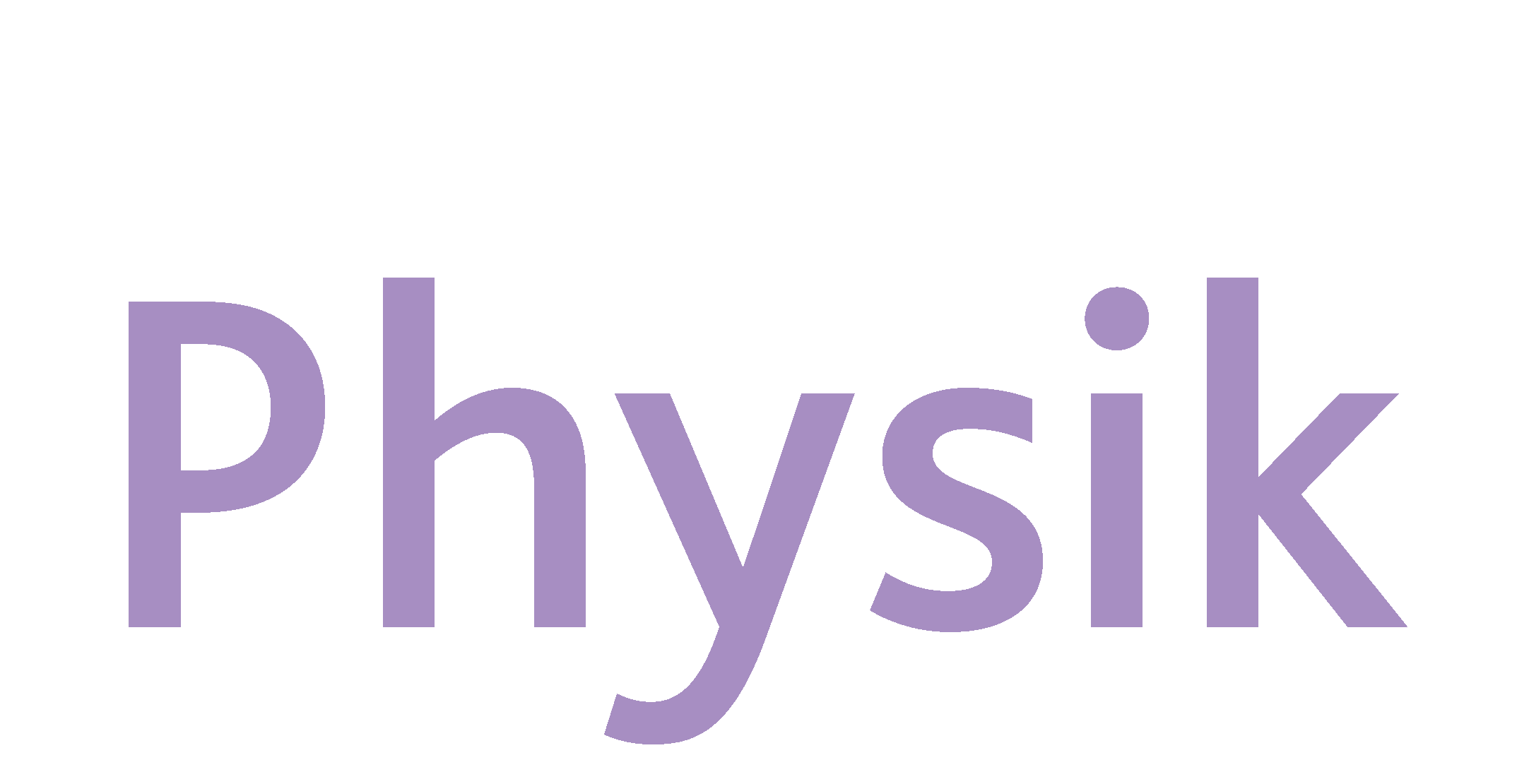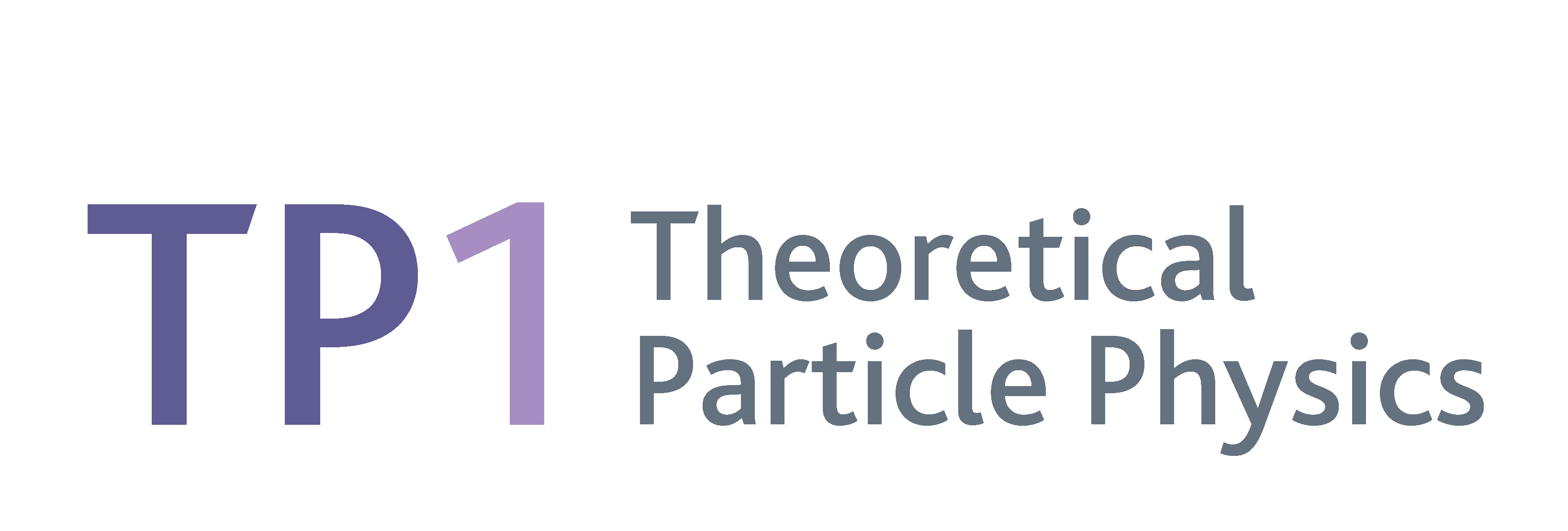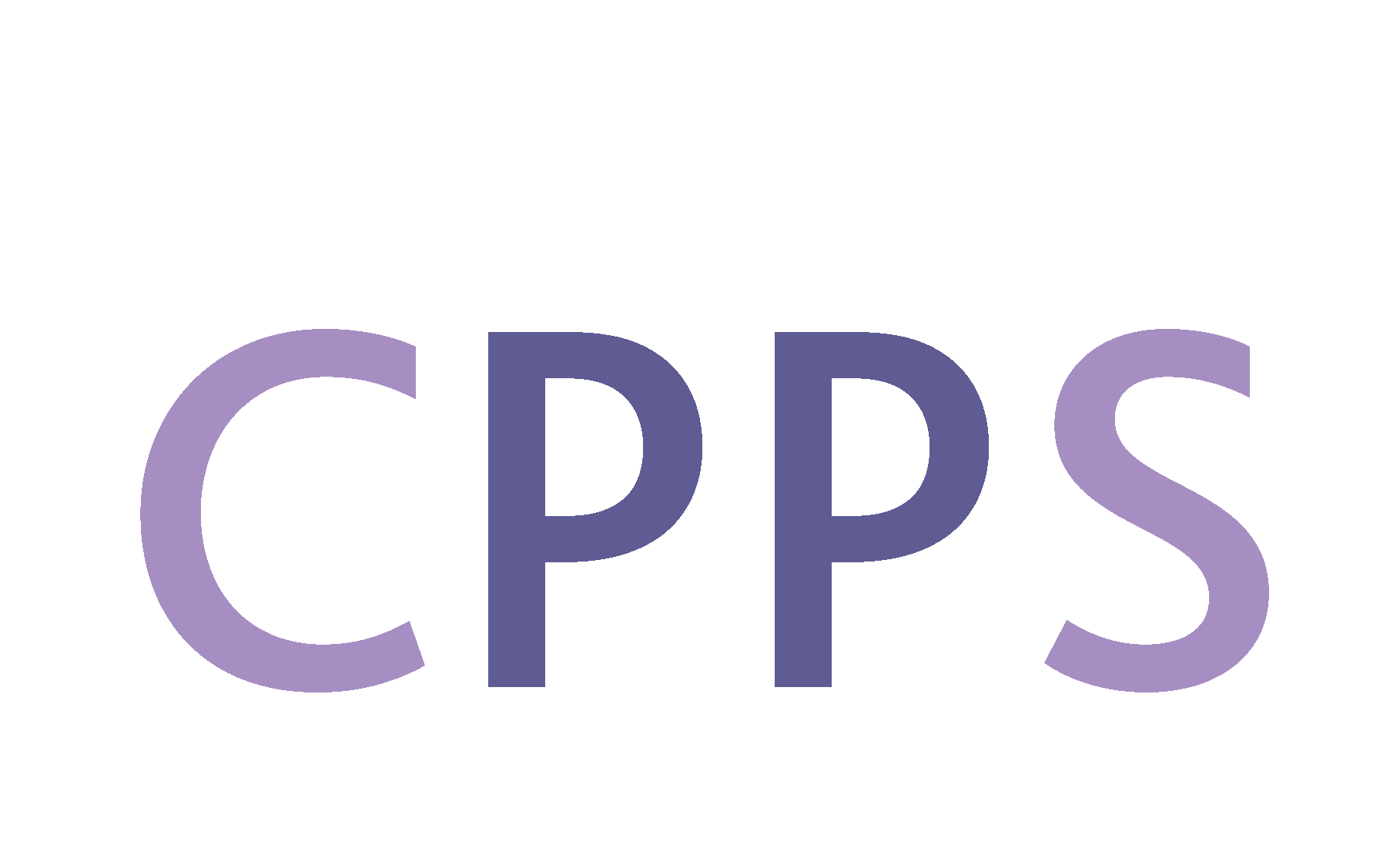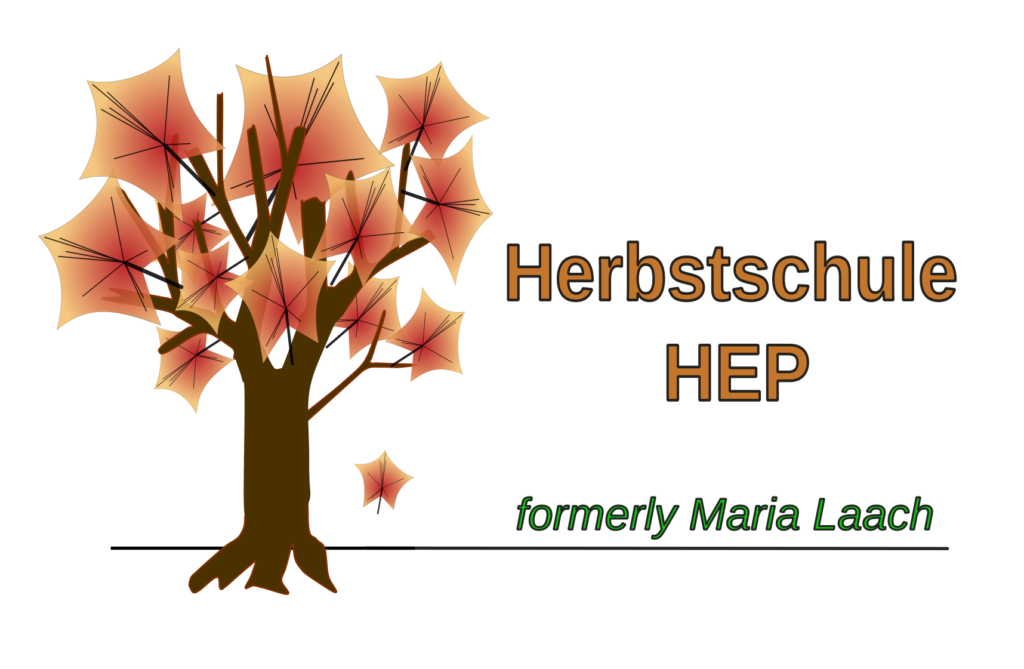Bildquellen: Universität Siegen
Die Teilchenphysik befasst sich mit einigen der grundlegendsten Fragen im Zusammenhang mit der Struktur der Materie bei kleinsten Abständen und stößt dabei an die Grenzen unseres Wissens. Unser besonderes Interesse gilt der theoretischen Interpretation der Ergebnisse von Experimenten am Large Hadron Collider (LHC) am CERN und dem Flavour-Physikexperiment BELLE II am KEK (Tsukuba/Japan).
Unsere Gruppe ist bekannt für sehr präzise Vorhersagen für Collider- und Flavour-Observablen innerhalb des Standardmodells der Teilchenphysik, die auf perturbativen und nicht-perturbativen quantenfeldtheoretischen Methoden basieren. Der Vergleich unserer Berechnungen mit experimentellen Ergebnissen liefert Erkenntnisse über mögliche Erweiterungen des Standardmodells, mit denen sich offene Fragen wie der Ursprung der Materie-Antimaterie-Asymmetrie im Universum oder die Natur der dunklen Materie beantworten lassen könnten.
Juli 2025
| Montag | Dienstag | Mittwoch | Donnerstag | Freitag | Samstag | Sonntag |
|---|---|---|---|---|---|---|
|
Dienstag Juli 1
|
Mittwoch Juli 2
|
Donnerstag Juli 3
|
Freitag Juli 4
|
Samstag Juli 5
|
Sonntag Juli 6
|
|
|
Montag Juli 7
|
Dienstag Juli 8
|
Mittwoch Juli 9
|
Donnerstag Juli 10
|
Freitag Juli 11
|
Samstag Juli 12
|
Sonntag Juli 13
|
|
Montag Juli 14
|
Dienstag Juli 15
|
Mittwoch Juli 16
|
Donnerstag Juli 17
|
Freitag Juli 18
|
Samstag Juli 19
|
Sonntag Juli 20
|
|
Montag Juli 21
|
Dienstag Juli 22
|
Mittwoch Juli 23
|
Donnerstag Juli 24
|
Freitag Juli 25
|
Samstag Juli 26
|
Sonntag Juli 27
|
|
Montag Juli 28
|
Dienstag Juli 29
|
Mittwoch Juli 30
|
Donnerstag Juli 31
|
Keine zusätzlichen Termine in diesem Monat.
Adresse
Universität Siegen
Fakultät IV/Department Physik
Theoretische Physik 1
Walter-Flex-Straße 3
57072 Siegen
Tel.: +49 271 740-3890 (Sekretariat)
Fax: +49 271 740-3804













